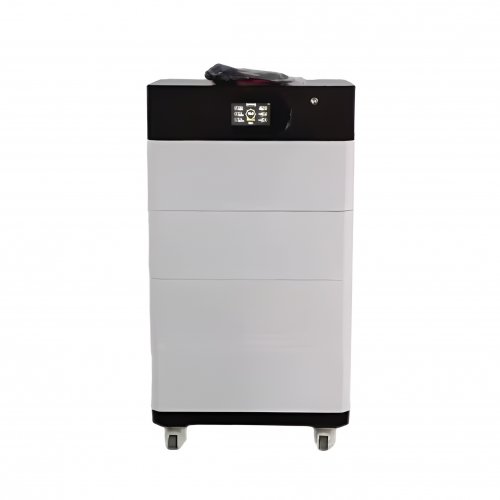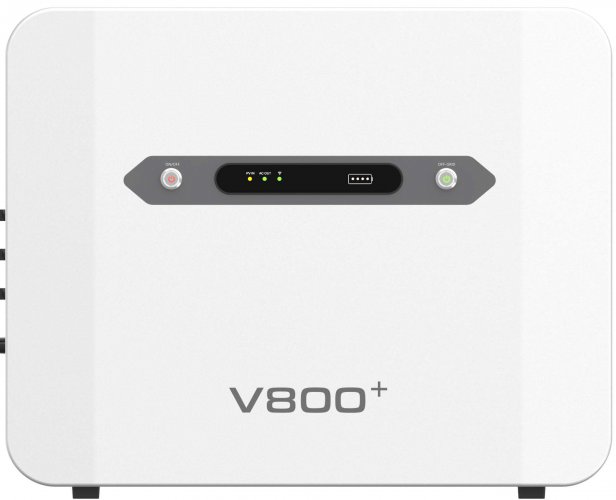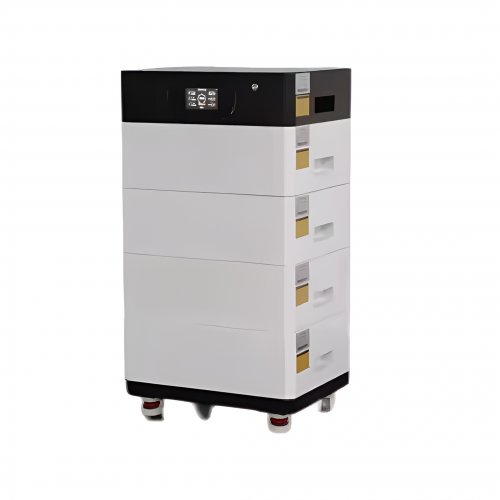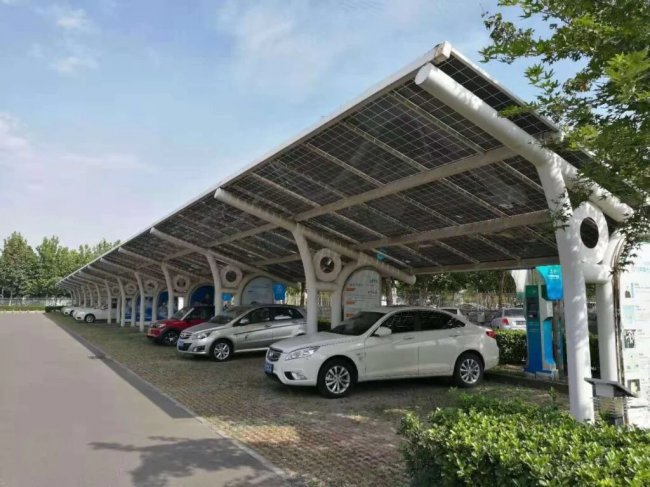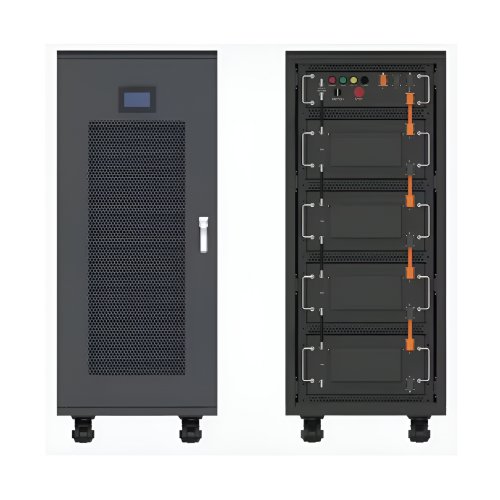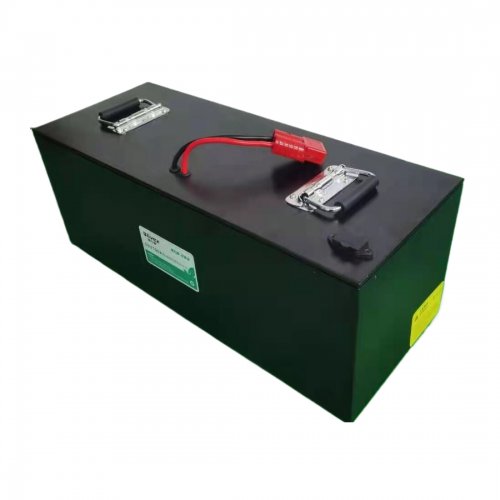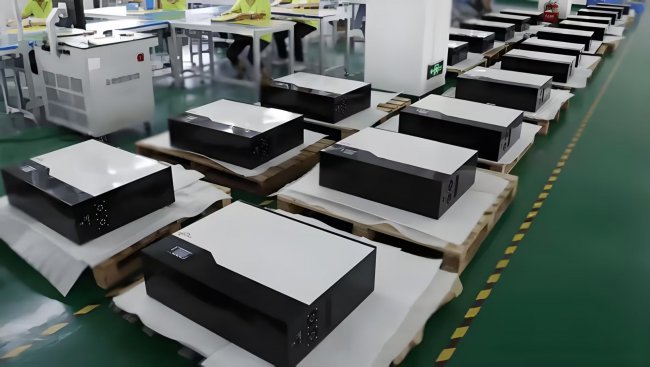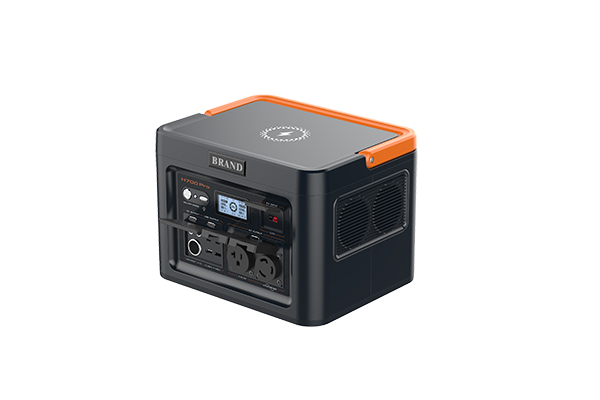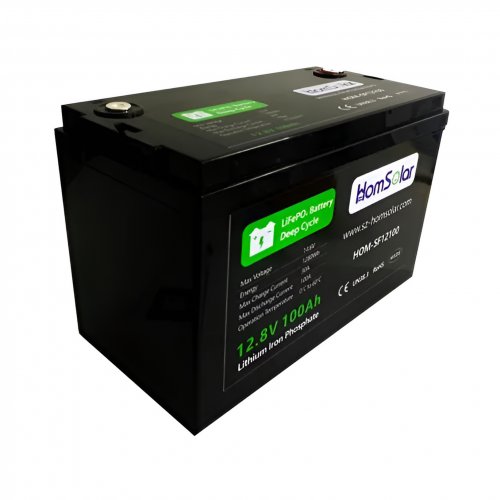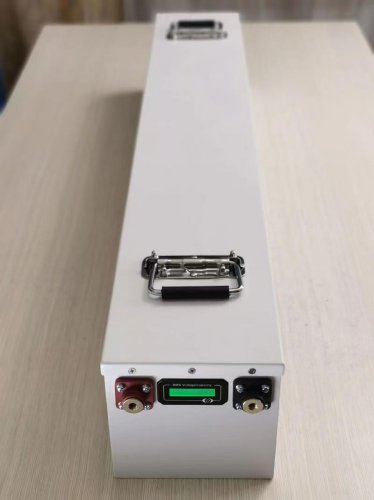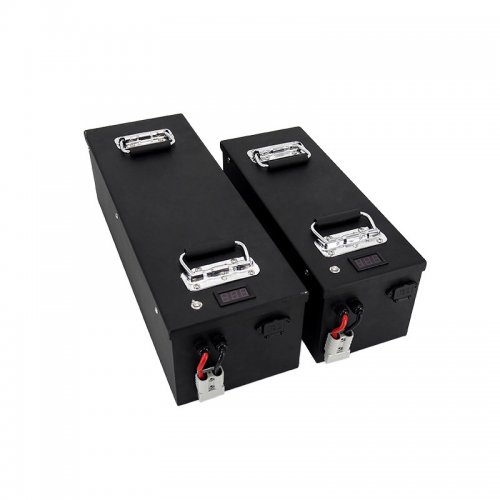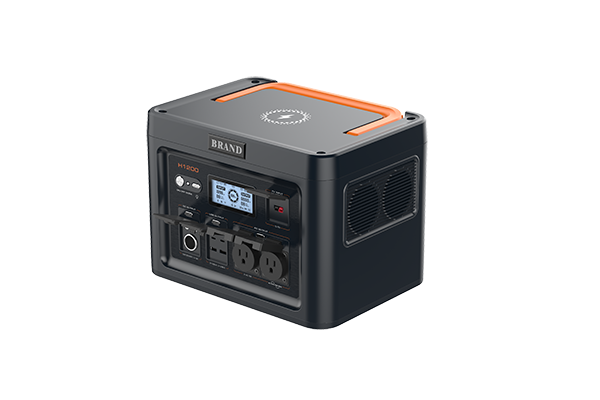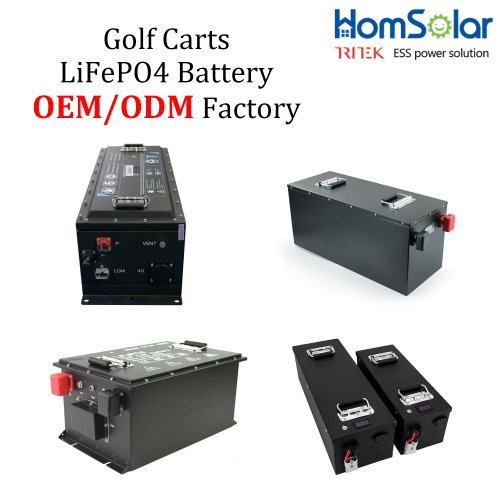How To Use Maintenance: A Comprehensive Guide To Preserving Value And Ensuring Reliability
Maintenance is not merely a task; it is a strategic philosophy of care and preservation. Whether applied to physical assets like machinery and property, digital systems, or even personal well-being, a disciplined maintenance regimen is the single most effective strategy for preventing catastrophic failure, optimizing performance, and extending lifespan. This guide will provide a detailed framework for implementing a robust maintenance strategy, complete with actionable steps, expert tips, and critical precautions.
Understanding the Core Types of Maintenance
Before diving into steps, it's crucial to understand the three primary approaches:
1. Preventive Maintenance (PM): This is the scheduled, proactive care performed at regular intervals to prevent equipment or system failure. Think of it as routine oil changes for your car or regular software updates for your computer. 2. Corrective Maintenance: This is a reactive approach—fixing something after it has broken down. While sometimes unavoidable, it is often the most costly and disruptive form of maintenance. 3. Predictive Maintenance (PdM): This is an advanced, data-driven approach that uses condition-monitoring equipment and data analysis to predict when a failure might occur, allowing for intervention just in time.
An effective maintenance plan typically blends all three, with a heavy emphasis on preventive and, where possible, predictive strategies.
A Step-by-Step Guide to Implementing a Maintenance Program
Step 1: Inventory and Prioritize Your Assets Begin by creating a comprehensive list of all items requiring maintenance. This could be anything from factory equipment and building HVAC systems to your personal laptop and bicycle. For each asset, assign a criticality rating (e.g., High, Medium, Low) based on its importance to your operations or daily life. High-criticality assets demand the most rigorous maintenance schedule.
Step 2: Gather Documentation and Establish Baselines Collect all available manuals, technical specifications, and historical data for your assets. This documentation is your bible; it contains the manufacturer's recommended maintenance procedures and intervals. For assets without documentation, establish a performance baseline—what does "normal" sound, feel, and look like? Note any standard operating temperatures, noise levels, or output metrics.
Step 3: Develop a Maintenance Schedule Create a detailed schedule for each asset based on its criticality and manufacturer guidelines. This schedule should be calendar-based (e.g., monthly, quarterly) or usage-based (e.g., after every 500 hours of operation). A simple spreadsheet or a dedicated Computerized Maintenance Management System (CMMS) can be used to track these schedules.Example Schedule for a Bicycle (High Criticality for a Commuter):Before every ride: Check tire pressure, test brakes.Weekly: Clean and lubricate the chain.Monthly: Inspect brake pads for wear, check gear shifting.Annually: Full service including bearing checks and cable replacement.
Step 4: Create Standard Operating Procedures (SOPs) For each maintenance task, develop a clear, step-by-step SOP. This ensures consistency, safety, and quality, especially if multiple people are involved. An SOP should list required tools, safety gear, and precise instructions.
Step 5: Execute and Document Perform the maintenance tasks as scheduled. The critical part of this step is documentation. For every action taken, log the date, the work performed, any parts replaced, and the personnel involved. This log creates a valuable history for troubleshooting and resale purposes.
Step 6: Review and Refine A maintenance program is not static. Regularly review your logs and schedules. Are certain assets failing more often than expected? Adjust the schedule. Are some tasks unnecessary? Refine the SOPs. Use your data to continuously improve the program's efficiency and effectiveness.
Practical Tips and Techniques for SuccessStart with the 5S Methodology: Originating from lean manufacturing, the 5S principles (Sort, Set in order, Shine, Standardize, Sustain) are excellent for maintenance. A clean, organized workspace makes it easier to spot leaks, cracks, and other early signs of failure.Use the Right Tools for the Job: Using incorrect tools can damage equipment and lead to injury. Invest in a basic, high-quality toolkit. For specialized assets, ensure you have the correct calibrated instruments.Embrace Checklists: A pilot-style checklist prevents skipped steps and ensures every critical component is inspected. It is a simple yet powerful tool against human error.Apply the "See Something, Say Something" Principle: Empower everyone to report minor abnormalities—a strange noise, a small leak, an unusual error message. Addressing these early is the essence of preventive maintenance.Leverage Technology: Use mobile apps or cloud-based CMMS to manage work orders, track inventory, and access digital manuals from anywhere. For predictive maintenance, explore IoT sensors that monitor vibration, temperature, or humidity.
Critical Precautions and Safety NotesSafety First, Always: Before starting any maintenance, ensure the equipment is properly shut down, locked out, and tagged out (LOTO). This prevents accidental energization and is a non-negotiable safety practice. Never bypass safety guards or interlocks.Understand Your Limits: Know when a task is beyond your skill level. Working with high-voltage electricity, complex gas systems, or structural repairs often requires a certified professional. Attempting these without proper training can be dangerous and may void warranties.Use Proper Personal Protective Equipment (PPE): Always wear the appropriate PPE for the task, such as safety glasses, gloves, steel-toed boots, or hearing protection.Dispose of Waste Responsibly: Used oil, chemicals, batteries, and other maintenance byproducts must be disposed of according to local environmental regulations. Do not pour chemicals down drains or throw batteries in the regular trash.Beware of Confirmation Bias: When troubleshooting, don't assume you know the problem immediately. Systematically test and eliminate potential causes. The initial, obvious symptom is not always the root cause.
In conclusion, mastering maintenance is about shifting from a reactive mindset to a proactive one. It is an investment of time and resources that pays exponential dividends in reliability, cost savings, and peace of mind. By following this structured approach—planning meticulously, executing consistently, and learning continuously—you can ensure that the systems and assets you depend on remain in peak condition for years to come.
Customized/OEM/ODM Service
HomSolar Supports Lifepo4 battery pack customization/OEM/ODM service, welcome to contact us and tell us your needs.


HomSolar: Your One-stop LiFePO4 Battery Pack & ESS Solution Manufacturer
Our line of LiFePO4 (LFP) batteries offer a solution to demanding applications that require a lighter weight, longer life, and higher capacity battery. Features include advanced battery management systems (BMS), Bluetooth® communication and active intelligent monitoring.

Customised Lithium Iron Phosphate Battery Casing
ABS plastic housing, aluminium housing, stainless steel housing and iron housing are available, and can also be designed and customised according to your needs.

HomSolar Smart BMS
Intelligent Battery Management System for HomSolar Energy Storage System. Bluetooth, temperature sensor, LCD display, CAN interface, UART interface also available.


Terminals & Plugs Can Be Customized
A wide range of terminals and plugs can be customised to suit the application needs of your battery products.

Well-designed Solutions for Energy Storage Systems
We will design the perfect energy storage system solution according to your needs, so that you can easily solve the specific industry applications of battery products.



About Our Battery Cells
Our energy storage system products use brand new grade A LiFePO4 cells with a battery lifespan of more than 4,000 charge/discharge cycles.



Applications in Different Industries
We supply customized & OEM battery pack, assemble cells with wiring, fuse and plastic cover, all the cell wires connected to PCB plug or built BMS.
Applications: E-bike, Electric Scooter, Golf Carts, RV, Electric Wheelchair, Electric Tools, Robot Cleaner, Robot Sweeper, Solar Energy Storage System, Emergency Light, Solar Power Light, Medical Equipment, UPS Backup Power Supply.
We can provide you with customized services. We have the ability to provide a vertical supply chain, from single cells to pack/module and to a complete power solution with BMS, etc.


HomSolar (Shenzhen) Technology Co., Ltd







